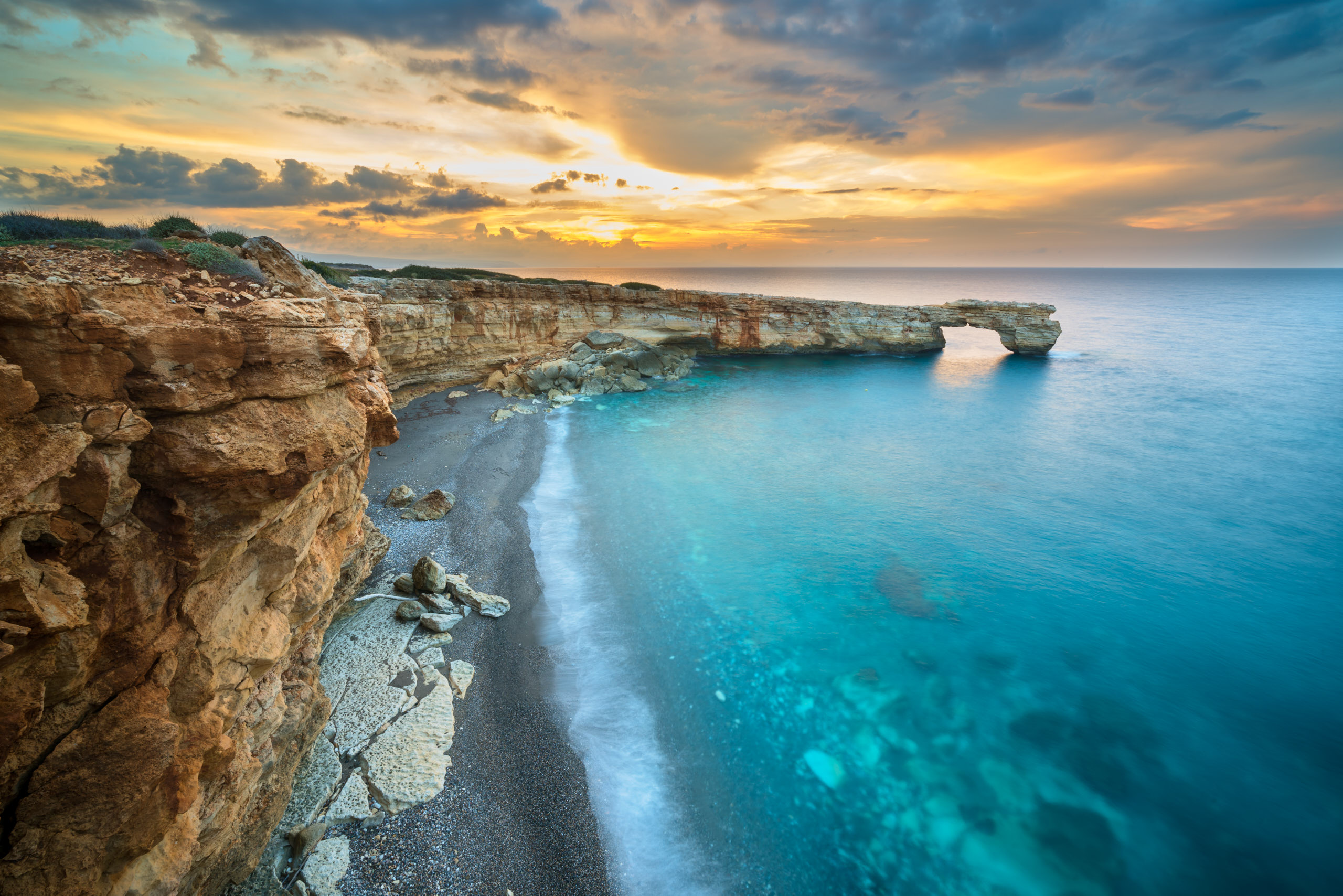
How to Capture the Perfect Sunrise in Your Photos

Capturing the beauty of a sunrise can be one of the most rewarding experiences for any landscape photographer. The soft light and the golden hues of the early morning sky offer unique opportunities for stunning images. However, shooting a perfect sunrise requires planning and technique. In this guide, we’ll go through some essential tips to help you capture the perfect sunrise.
1. Scout Your Location in Advance
The key to a successful sunrise shot is knowing your location. Visit the spot a day before or at least research it thoroughly online. Use tools like Google Earth or photography apps that show the sun’s path, so you can anticipate where the sun will rise. Pay attention to interesting foreground elements, such as rocks, trees, or water, which can add depth to your composition.
2. Check the Weather and Time
Weather conditions play a critical role in sunrise photography. Clear skies might not always be the best for drama in your photos. A few clouds can create dramatic colors and light patterns, especially when the sun begins to peek over the horizon. Be sure to check the weather forecast to anticipate how clouds might interact with the sunrise.
Additionally, use apps to find the exact sunrise time at your location. Aim to arrive at least 30 minutes before sunrise, as the best colors often appear just before the sun breaks the horizon.
3. Use a Tripod for Stability
Low light conditions before and during sunrise mean slower shutter speeds, which can lead to blurry images if you’re shooting handheld. A sturdy tripod is essential for keeping your camera stable and ensuring sharpness, especially if you’re using long exposure settings to capture smooth water or moving clouds.
4. Camera Settings for Sunrise Photography
- Aperture: Use a narrow aperture (f/11 to f/16) to get a large depth of field and ensure both the foreground and background are in focus.
- Shutter Speed: Depending on the light and your creative goals, you may need a slow shutter speed. For example, a 2-second exposure can create smooth water or moving clouds.
- ISO: Keep your ISO as low as possible (ISO 100) to minimize noise, especially in low-light conditions.
- White Balance: Start with daylight white balance to keep natural colors, but feel free to adjust later if needed.
5. Compose with Foreground Interest
A sunrise alone is beautiful, but your image will be more impactful if you incorporate interesting foreground elements. Think of using rocks, trees, or even silhouettes of people to add a storytelling element to your shot. These elements create layers in your photo and help guide the viewer’s eye toward the sunrise.
6. Capture Different Phases of the Sunrise
The colors in the sky change rapidly during sunrise, so don’t focus on just one shot. Start shooting 30 minutes before the scheduled sunrise and continue shooting as the sun climbs higher. You’ll notice the sky going from deep blues and purples to reds, oranges, and yellows. Experiment with different angles and compositions during these phases to capture the full spectrum of the sunrise.
7. Post-Processing for Sunrise Photos
Once you’ve captured the perfect sunrise, some light editing can help bring out the best in your photo. Use editing software like Adobe Lightroom to adjust highlights, shadows, and contrast. Enhancing the vibrance and saturation can make the colors pop, but be careful not to overdo it. Subtle adjustments are key to maintaining a natural look.
